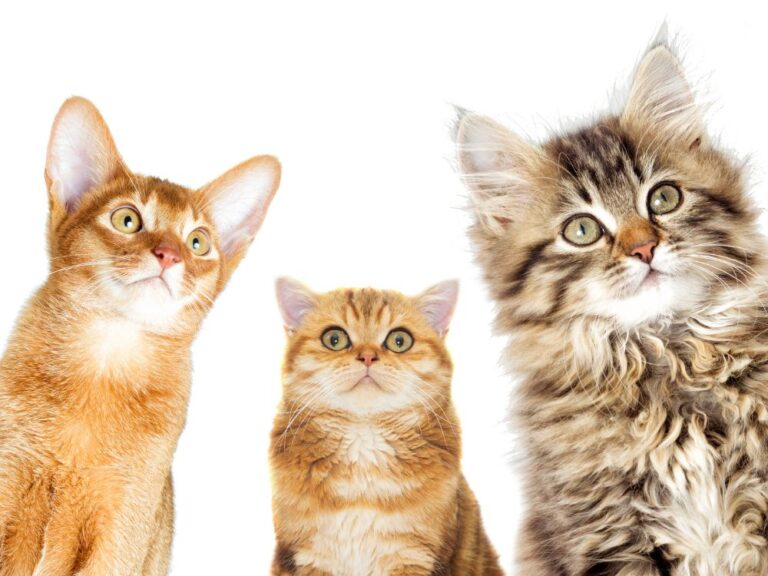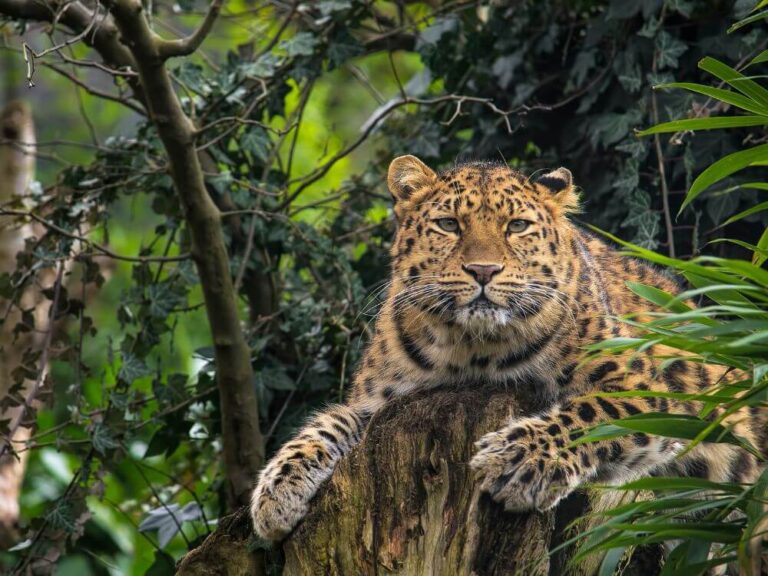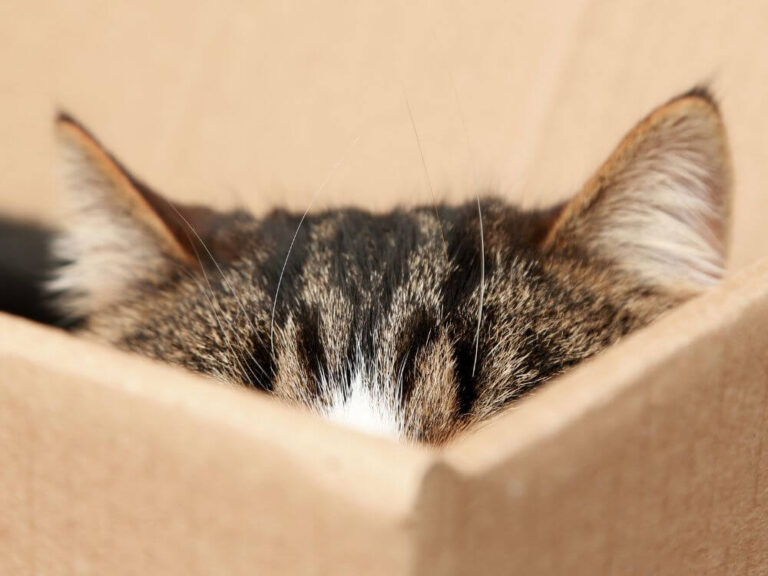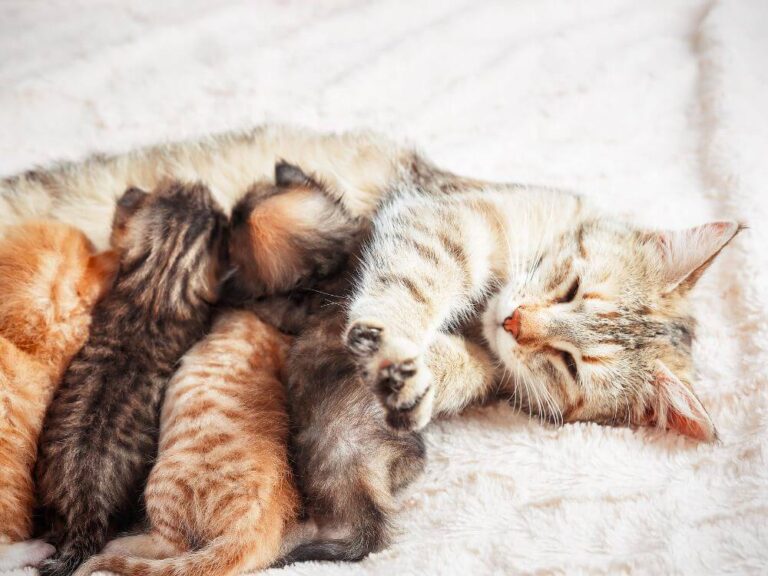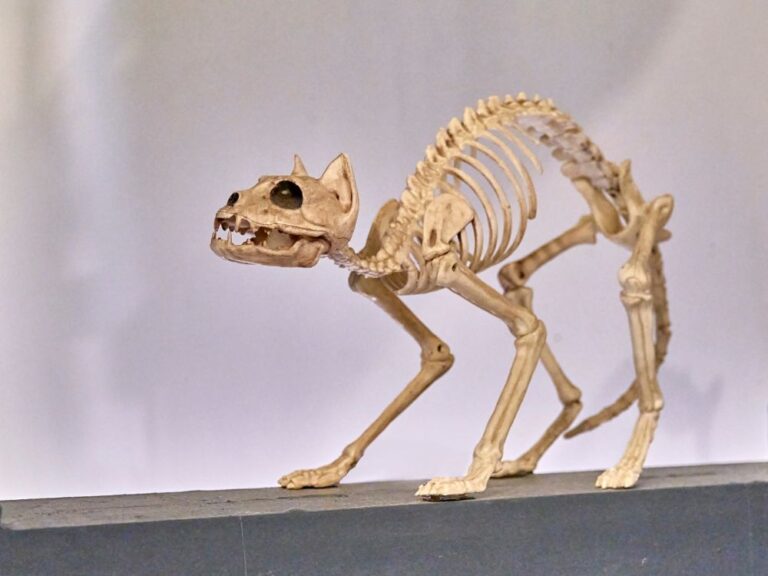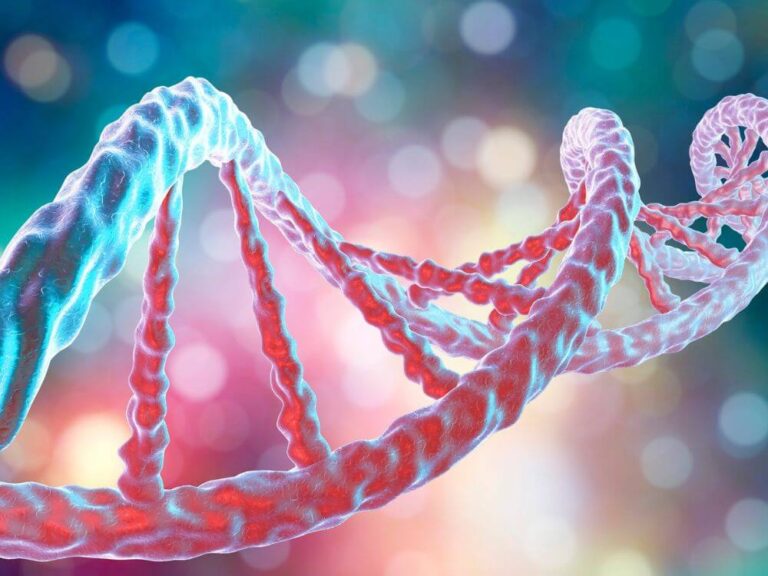The Origin of Cats: Domestication and Evolutionary Development
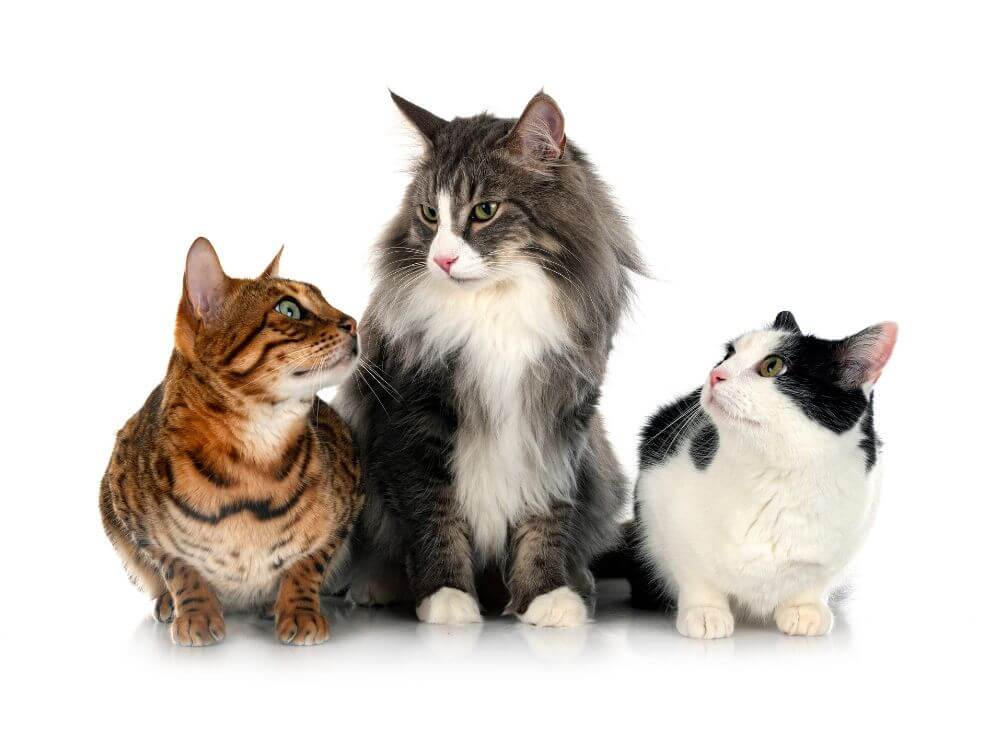
Cats have been our companions for thousands of years, but their journey from wild predators to beloved pets is a fascinating story of evolution and domestication. Understanding the origin of cats and their domestication provides insight into their behavior, traits, and their unique bond with humans.
The Wild Ancestors: Felis Silvestris
The domestic cat’s origin lies with the wildcat species Felis silvestris. This species, which roams across Europe, Africa, and Asia, has five distinct subspecies. However, it is the African wildcat (Felis silvestris lybica) that most scientists believe to be the direct ancestor of modern domestic cats. These small, solitary hunters have lived in close proximity to humans for millennia, but it wasn’t always a friendly relationship.
Early Interactions: Mutual Benefits
Thousands of years ago, the relationship between cats and humans began as one of mutual benefit rather than affection. As humans transitioned from a nomadic lifestyle to settled farming communities, they began to store surplus grain. This abundance of food attracted rodents, which in turn attracted wildcats. The wildcats, natural hunters of these pests, helped protect human food supplies. Over time, this mutualistic relationship grew stronger, with the wildcats becoming less wary of humans.
The First Domesticated Cats: Ancient Egypt
The first evidence of domesticated cats appears in ancient Egypt around 4,000 years ago. Cats were highly valued for their ability to control vermin, but they also became associated with Egyptian religion and culture. The goddess Bastet, often depicted as a lioness or a woman with a lion’s head, symbolized home, fertility, and protection. Egyptians revered cats so much that harming or killing a cat, even accidentally, was punishable by death.
Cats were not only protectors of food stores but also protectors of the home and family. They were often depicted in Egyptian art and even mummified to accompany their owners in the afterlife. This sacred status in Egypt solidified the bond between cats and humans, further ensuring their domestication.
Origin of Cats from Wild to Domestic
The process of domestication brought about several evolutionary changes in cats. Over generations, domestic cats developed traits that made them more suitable as pets. They became more social, less aggressive, and more adaptable to living in human environments. Physical changes also occurred, including a reduction in size, a wider range of coat colors and patterns, and more expressive facial features. Despite these changes, domestic cats still retain many behaviors and traits of their wild ancestors, such as hunting instincts and territoriality.
The Spread of Domestic Cats: Across the Globe
As trade routes expanded and civilizations grew, cats spread across the world. Phoenician traders are believed to have brought cats to Europe, where they quickly became valued for their hunting skills. In Rome, cats were considered protectors of homes and were often kept as pets. Over time, domestic cats spread throughout Europe, Asia, and eventually to the Americas.
In medieval Europe, however, cats’ fortunes took a darker turn. During the Middle Ages, cats, particularly black cats, were often associated with witchcraft and superstition. Many were persecuted or killed during this time, leading to a decline in the cat population. Ironically, this persecution may have contributed to the spread of the Black Plague, as fewer cats meant more rats and a greater spread of the disease.
The Renaissance of the Cat: Rebirth of the Feline
Despite the challenges of the Middle Ages, cats eventually regained their place in society. By the Renaissance, they were once again valued for their hunting abilities and began to be seen as symbols of luck and protection. The Enlightenment period further improved their reputation, as cats became beloved pets among the upper classes in Europe.
Today, cats are one of the most popular pets worldwide, with millions of households embracing them as companions. Their evolution from wild predators to domesticated pets is a testament to their adaptability and the strong bond they have formed with humans.
The Modern Domestic Cat: A Living Link to the Past
Modern domestic cats carry with them a rich history of evolution, domestication, and cultural significance. Despite living in our homes and sharing our lives, they still retain much of their wild ancestry. Their behaviors, such as hunting, purring, and grooming, all hint at their origins and the journey they’ve taken to become our companions.
Understanding the origin of cats not only enriches our appreciation of these animals but also provides insights into their behavior and needs. By recognizing their wild roots, we can better care for them and ensure they thrive in our modern world.
Conclusion
The story of the domestication and evolution of cats is a complex and fascinating journey that spans thousands of years. From their wild ancestors to their revered status in ancient Egypt and their spread across the globe, cats have captivated human attention and affection. Their ability to adapt and evolve has ensured their place not just in our homes, but in our hearts as well.

